This is the weekly column
If you go into almost any wine shop, liquor store, or supermarket wine section in the United States—and now in most places in the world—you will find wine bottles arranged and named by the variety of grape used to make the wine.
When the bottle contains a predominant percentage of a single grape variety (generally 75% in the U.S., 85% in Europe) it can be labeled as a varietal wine. It has not always been that way, and you have an iconic American wine family to thank for the change.
The classic naming convention came from Old World wine countries—France, Spain, Italy, Germany, and other European countries. The name came from the appellation—Bordeaux, Burgundy, Rioja, Priorat, Chianti, Barolo.
Sophisticated wine drinkers understood designations. Bordeaux—blend of cabernet sauvignon, merlot and a few other grapes. Burgundy—pinot noir. Rioja—tempranillo. Priorat—garnacha and carignan. Chianti—sangiovese. Barolo—nebbiolo.
When California wines stunned the world at the Judgment of Paris in 1976 the contestant wines were identified as Cabernet Sauvignon and Chardonnay, but that was not the norm. Back then, many American wines were labeled with names like “Claret”—cabernet sauvignon, maybe. “Burgundy”—pinot noir, maybe. “Hearty Burgundy”—not pinot noir, but a blend of zinfandel, petite sirah, and carignan. “Champagne”—any sparkling wine made any way, to the fury of winemakers in the Champagne region of France. The Mondavi family, led by Robert, realized most Americans were just getting into wine and needed something simpler. When Robert left the family’s Charles Krug operation to found his own winery in 1966, he began labeling his wine by the variety used. For the most part. When it came to sauvignon blanc, then considered déclassé, not the hot white it is today, Mondavi blinked and appropriated its French name “Pouilly-Fumé” to create “Fumé Blanc,” a blend of mostly sauv blanc with a splash of sémillon—but with enough sauv blanc to be labeled as a varietal. Today, it is among the winery’s best sellers.
The American naming revolution largely won the day. Old World wineries still use their historical names, but likely you can read the varietal or variety-blend somewhere on the label. Almost every New World wine will carry the varietal or variety-blend information.
The revolution made figuring out wine easier for people to figure out. And is an important reason for wine’s unprecedented increase in popularity the past half century. Thanks, Bob.
Last round
My English teacher looked at me and said: “Name two pronouns.” I said: “Who, me?” Wine time.
Email: wine@cwadv.com
Newsletter: gusclemens.substack.com
Website: Gus Clemens on Wine website
Facebook: facebook.com/GusClemensOnWine/posts/
Twitter (X): @gusclemens
Long form wine stories on Vocal: Gus Clemens on Vocal
Links worth exploring
Diary of a Serial Hostess Ins and outs of entertaining; witty anecdotes of life in the stylish lane.
As We Eat Multi-platform storytelling explores how food connects, defines, inspires.
Balanced Diet Original recipes, curated links about food systems, recipe reviews.





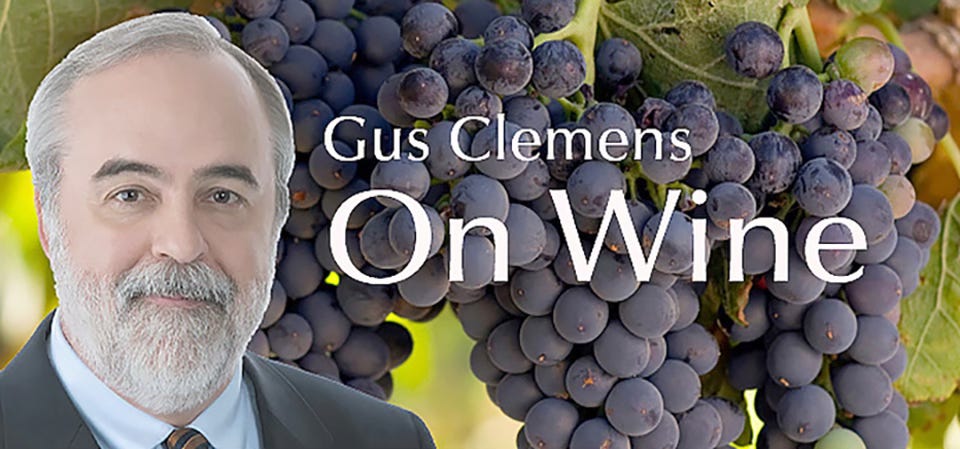


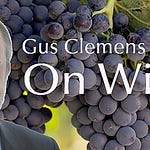
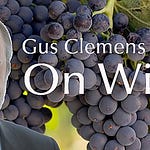
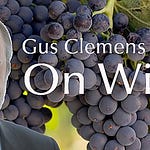
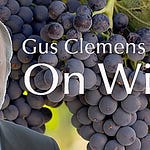
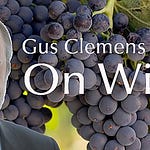
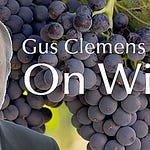
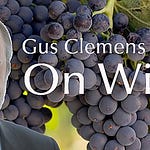
Share this post